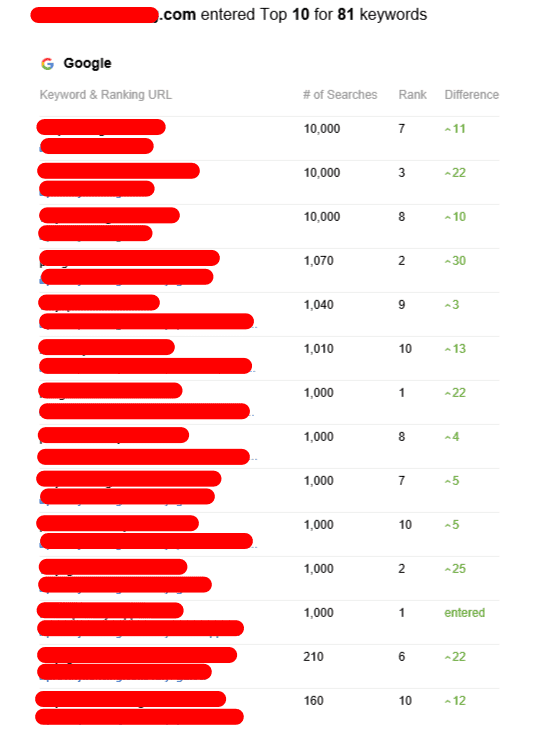Tiered Link Building - The Dangers of Black Hat Link Building
Tiered link building is a fantastic method of improving your search engine rankings. It is crucial to remember that black-hat techniques can be detrimental. Search engines like Google have been cracking down on these practices for years, with their many updates.
It is crucial to avoid using SEO methods that are black-hat, like PBNs and blog commenting. what are tier 2 links are harmful and could result in penalties from Google.
First-tier links
This method of building links involves placing links on websites that have an excellent Domain Authority (DA) and a lot of traffic every month. This is a great method to get your website noticed by search engine. However, it is not the perfect solution for every situation. It may lead to an occasional boost in rankings, but it is still crucial to pay attention to the quality of your backlinks.
The goal of first-tier backlinks is to increase your profile by incorporating a handful of natural-looking, high-quality backlinks. This will help you rank for relevant keywords to your industry. This will also aid in gaining an improved reputation for your website which is essential for getting the most visitors from search results.
While some black hats endorse it, it's an unwise strategy. It's not a good idea and isn't in line with Google's Webmaster guidelines, and if someone else reviews your site and notices it, they'll take a manual action that could drastically decrease your rankings.
Your first-tier link look as natural as you can to avoid this risk. They should be relevant to the article they're embedded in and not obvious or sloppy. You should also check if the directory where you post your first-tier link is included in the index of Google. This can be done by typing the URL of the directory into a search engine such as Google and then observing how many search results appear.
Second-tier links
Tiered link building is an excellent method to increase the effectiveness of your PBN however, it comes with a risk. Google is snatching at links which appear artificial and low-quality links that tiered linking builds on becomes less effective with time. This type of link building could result in penalties for your site, and can even lower your ranking.
It is crucial to avoid being penalized by using white-hat techniques when creating your second-tier link. You can use high-quality articles on websites that are relevant to your field. These links will have more authority than forums and comments, and are more likely to be clicked on by people who are interested. You can also try submitting articles to directories that are relevant. Sign up for HARO. This email subscription service will send you daily email updates on the topics that reporters are interested in covering.
Second-tier links do not just increase the authority of your PBN however they can also boost the quality and quantity of your primary backlinks. Second-tier links based on websites with high domain authority will improve the authority of your primary backlinks. To maximize the benefits from this method, it's best to use a mix of second-tier links that stand alone and secondary-tier links which are used in conjunction with primary links.
Third-tier links
Tiered link construction has become a popular method to boost the authority of websites. It can be used to boost rankings, increase the number of visitors to your site, and increase the revenue. This technique involves creating links in a series that improves gradually in quality. It also allows you to bypass spam filters.
However the process of building tier links can be risky if the process is not done properly. If you use many links that aren't of good quality it could lead to Google to penalize your site. Google's Webmaster Guidelines do not allow for tiered linking.
Tier 1 links are the most high-quality backlinks that you can get. They should be anchored to the keyword you're aiming for and be relevant to the content on your page. This will help you rank for the targeted keyword and result in more traffic to your website.
Tier 2 links are of lesser importance. They're typically links to blogs, directories Q&A websites, and social media profiles. Tier 3 links are generally slightly more shady however they can bring value to your profile. They include forums, comment sections and bio profiles links. Generally speaking, those who engage in tiered link building tend to throw quality, relevance, and context out the window at this point. They employ automated tools to create third-tier links and connect them to low-authority websites.
Fourth-tier links

Tiered link building can be an effective way to boost the rank of a website's organic search. It is only effective if used in combination with other white-hat SEO strategies. Google may penalize your site if you do not follow these guidelines. The reason why is because tiered links are often accompanied by low-quality content, which Google sees as an attempt to manipulate its algorithm for search.
Tiered links are also often linked to websites and blogs that are of poor quality. They can lose value if search engines start to think they are spammy and irrelevant. They are also available on low-quality profiles on social media and web 2.0 platforms and other websites that feature user-generated content. These backlinks are typically of poor quality and could be generated by automated tools.
Alongside these drawbacks tiered links could result in a backlink profile that is excessively exaggerated. This can affect a website's search engine optimization. This is due to the fact that it is difficult to differentiate between high-quality and low-quality backlinks. In addition, it is costly for a business to maintain a huge number of backlinks. It is recommended to employ a tiered link-building approach in conjunction with an extensive content marketing campaign. This will ensure your content is relevant for your audience and is more likely to bring visitors to your site.
